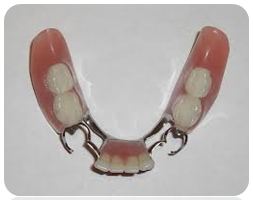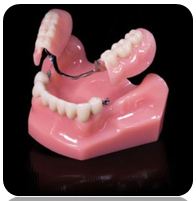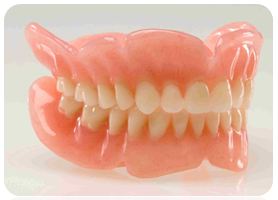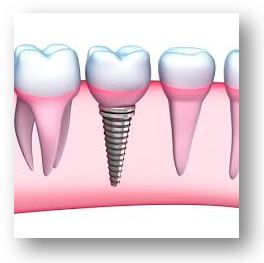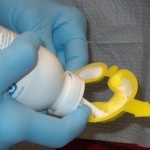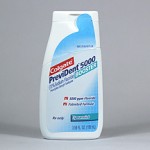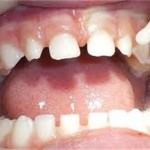
Do you have sleepless nights because of the snoring problems? Does your significant other constantly complain they cannot sleep due to your snoring? Sixty-two percent of American adults encounter sleep issues several times a week.
If you experience loud snoring accompanied by always feeling tired, high blood pressure and if someone has seen you stop breathing while you were sleeping, it is recommended that you undergo a sleep study to rule out a dangerous medical condition called sleep apnea. Your primary care physician can refer you to a sleep specialist. If a C-PAP machine is not deemed necessary, there are other options, including several types of dental snoring appliances.
One type of dental snoring appliances is called an EMA. The EMA has different strength elastic bands that you work through to gradually re-position the lower jaw forward. The gradual moving of the jaw is less stressful to the jaw muscles. This works to keep your airway open by re-positioning your jaw. An open airway allows more air-flow.
Another type of dental snoring appliance is called the TAP, abbreviated for Thornton Adjustable Positioner. The TAP appliance is based on the principle of CPR, an open airway with the tongue out of the way allows the patient to breathe more freely. The TAP holds your lower jaw forward, preventing your tongue and other soft tissues from blocking your airway. A restricted or collapsed airway will cause the oral soft tissues to vibrate, making the loud snoring sound.
Whichever dental snoring appliance is chosen to best suit your specific needs, a simple impression of your mouth and a few measurements will be taken at our office. All snoring appliances are custom-fit just for you. Then the impression is sent a lab to order your appliance. In a couple of weeks you will be fitted in the office with your new snoring appliance. It is important to wear your snoring appliance every. With continued use, snoring should be drastically reduced or eliminated. During the day, you should keep your snoring appliance in a container of water. Also be sure to brush the appliance daily to keep it free from odor and bacteria.
If you have questions/concerns about yourself or your loved one with sleep-related problems, please contact the office at 205.833.5405 to schedule an evaluation.
#snoring #sleepapnea






